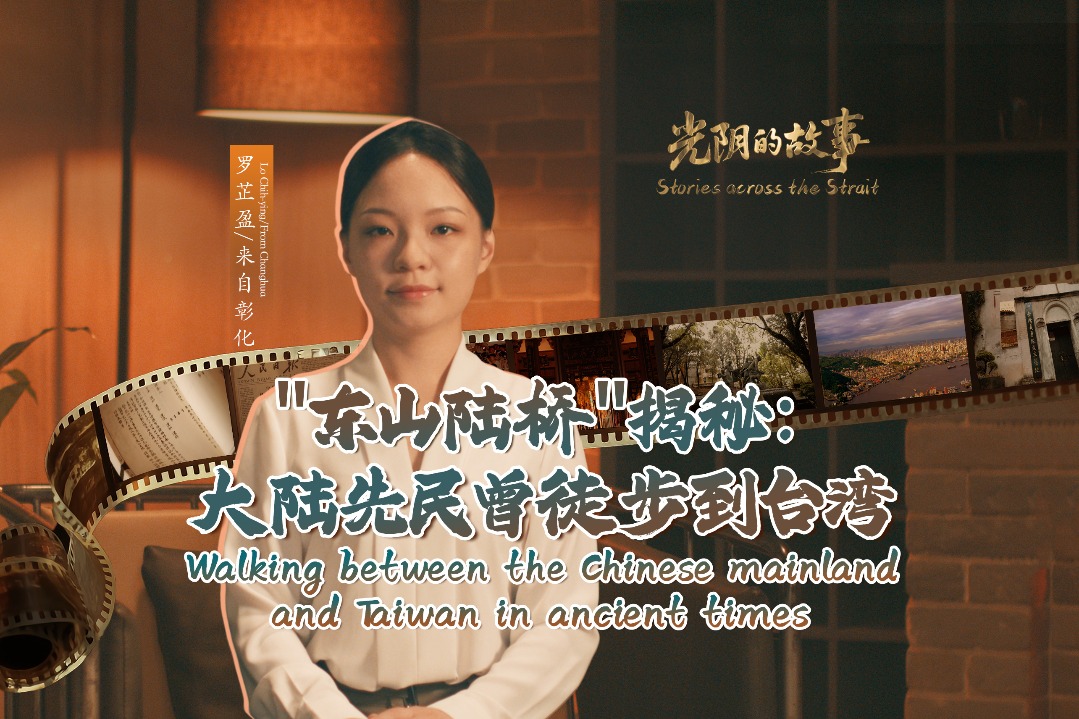Beauty of the nile

The Nile is the longest river in the world, flowing through northeastern Africa.
Its waters are shared by 11 countries and it has been the lifeline of civilization in Egypt since the Stone Age.
These days the Nile is the primary source of water for Sudan and Egypt.
It has two major tributaries, the White Nile and Blue Nile. While the White Nile is considered to be the headwaters and primary stream of the Nile itself, the Blue Nile, is the source of most of the water and silt.
The two rivers meet just north of the Sudanese capital of Khartoum.
The course of the Nile in Sudan is distinctive. It flows over six groups of cataracts, from the first at Aswan to the sixth at Sabaloka (just north of Khartoum) and then turns to flow southward before again returning to flow north. One name for this is the "Great Bend".
There have been many disputes over sharing the river's waters, especially when Ethiopia, Rwanda, Tanzania and Uganda signed a sharing agreement in 2010. This was rejected by Egypt and Sudan. After years of negotiation, the governments of Egypt, Ethiopia and Sudan finally signed deal for a dam on the Nile amid fears that a dam being built by Ethiopia would reduce water supply to the other two countries.
Now Sudan not only relies on the Nile as its main source of water, but also wants to develop the tourism industry along the river, including cruises and trips to the meeting place of the White Nile and Blue Nile in Khartoum.
renqi@chinadaily.com.cn
| This beautiful view of a lonely island on the River Nile attracts many foreign tourists. Photos by Ren Qi |
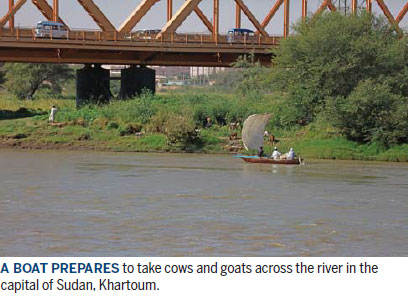
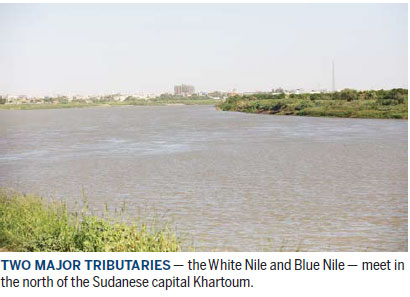
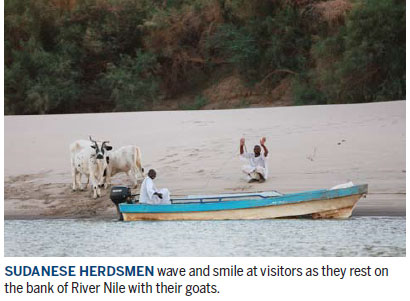
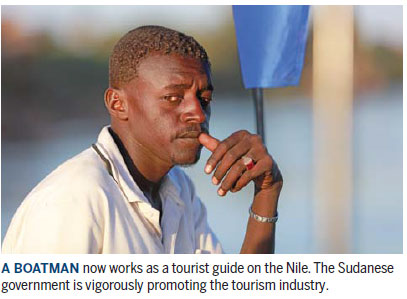
(China Daily Africa Weekly 01/20/2017 page4)
Today's Top News
- 'China shopping' boom spurred by favorable policies helps drive growth: China Daily editorial
- New tariff threat to ensure the chips fall to US: China Daily editorial
- China completes first landing, takeoff test of manned lunar lander
- China's new free preschool policy to save families $2.8 billion
- China's foreign trade rises 3.5% in first seven months
- China's foreign trade up 3.5% in first seven months


















